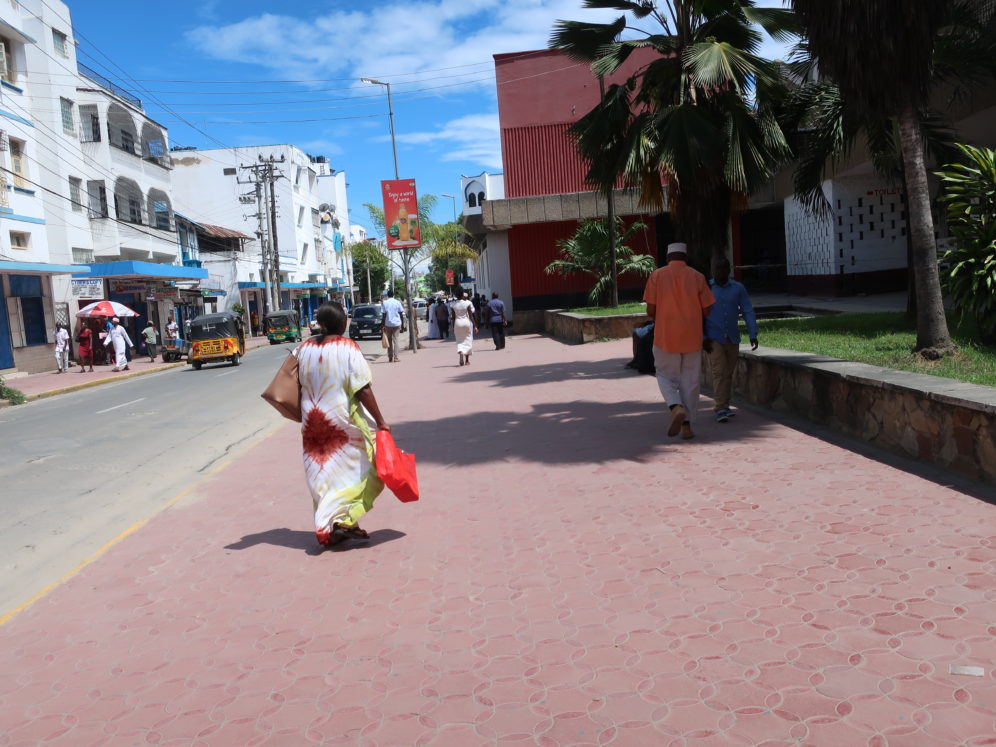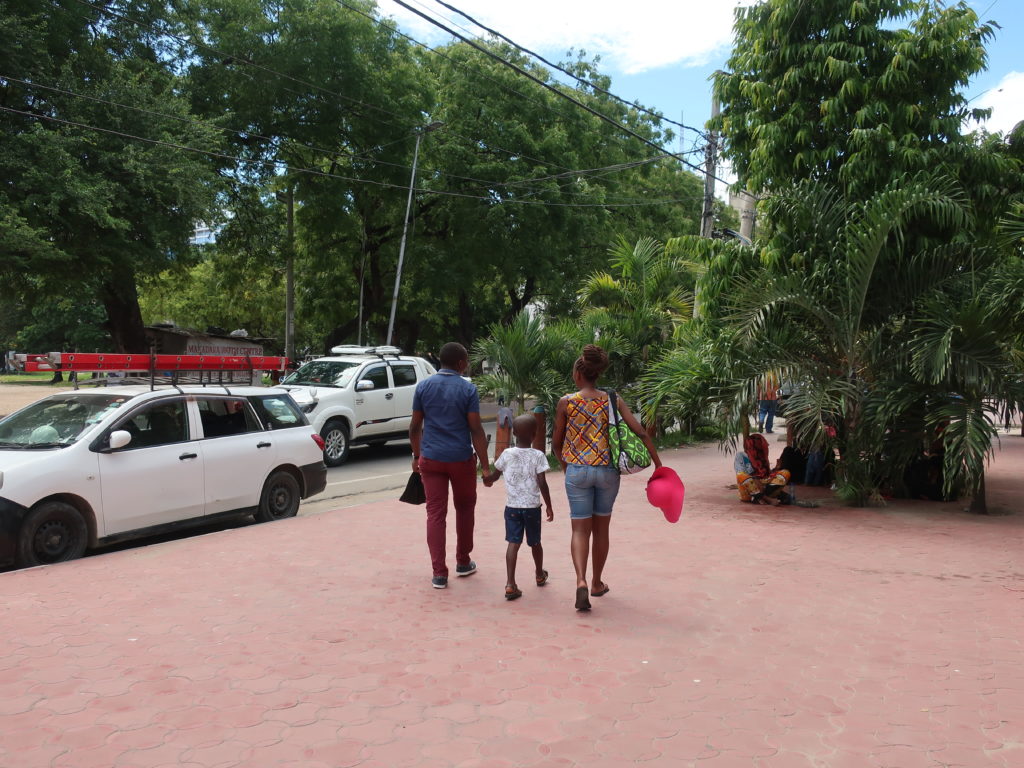
April 03, 2019
Reclaiming pedestrian spaces on the streets of Mombasa
Mombasa, Kenya’s second-largest and oldest city, is leading the country in investing in pathways and infrastructure for pedestrians and cyclists.
Streets in Kenya serve different uses and modes; from people’s daily traverses to vendors hawking their wares for their pedestrian patrons, streets serve as formal and informal settings of daily life for millions of Kenyans. While the functions streets in Kenya are myriad, their design remains focused on one use – that of vehicles.
Mombasa, Kenya’s second-largest and oldest city, is leading the country in investing in pathways and infrastructure for pedestrians and cyclists. Mombasa’s focus on cycling and walking infrastructure growth is part of a larger city-wide beautification program which also includes creating walkways along the waterfront, the construction of recreational facilities, and painting of buildings in the city centre.
The beautification project is part of an initiative by the National Ministry of Tourism, benefiting the city that serves as Kenya’s largest tourist attraction. Mombasa boasts a population of almost 1.5 million and serves as a transportation hub in the East Africa region, it has a large and active port. These infrastructure improvements are significant because they are benefiting a large population of the city, many of whom are pedestrians in Mombasa.
ITDP Africa Director, Chris Kost explained, “The residents and city leaders are thrilled that city officials are taking such decisive and progressive action towards making Mombasa a pedestrian and bicycle-friendly city. We hope that the trend of prioritizing non-automobile transport will continue as the quality of walking environments continues to improve for residents.”

Only 3% of Mombasa’s residents and visitors use personal cars to travel throughout the city whereas almost half (45%) rely on walking as their primary form of transportation, and over a third (37%) rely on public transportation.
To improve the conditions for the roughly 700,000 pedestrians in Mombasa, the Department of Transportation has completed 9 kilometres of wide footpaths on five streets in Mombasa including Moi Avenue, one of the major corridors and anticipated to be one of the corridors for future BRT systems.
By reclaiming space previously used in parking or driving, the city has been able to create wider spaces for walking and has also included important features like street lights to improve security and increase economic activity.
